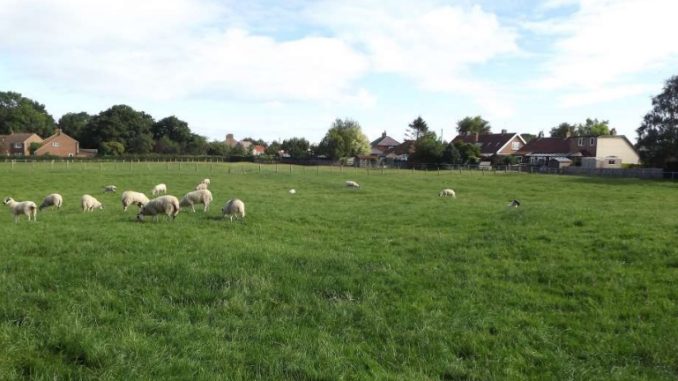
A housing estate proposal which would increase the size of an ancient village by about 40 per cent has been approved after councillors were told the scheme would meet local housing needs.
North Yorkshire Council’s Thirsk and Malton constituency planning committee was told there had been 55 objections from residents of the South Otterington area, near Northallerton, to a proposal to build 42 homes on a greenfield site off the A167 and no one had voiced support for it.
Ahead of the meeting, one resident had appealed to planners to “respect our rural communities and the reasons residents have chosen to live there… the vital green spaces in the heart our villages, as they epitomise the character and charm”.
Alongside numerous concerns about the impact of the development on the village’s infrastructure, the environment and traffic, residents have highlighted how archaeology on site extended back to 1088 and have called for more investigation into whether it was the site of a medieval village.
One resident told the meeting the development “would destroy the ridge and furrow and associated features entirely” and urged the committee to recognise the importance of unrecognised archaeological heritage.
The meeting heard the evidence of medieval farming demonstrated the integrity of the grassland.
However, the meeting was told the county archaeologist had not raised objections to the scheme and the site had been considered ahead of being included in Hambleton’s Local Plan as potential development land.
Officers said the impact of the development on residential amenity had been addressed and was considered to be acceptable both for present and future residents of the village.
They added while the proposed development clearly resulted in a change to the character of the site and owing to the scale of the development, as well as to the character of the village.
Concerns were also raised over the loss of habitat on the field, which residents said hosted a variety of wildlife.
However, planning officers said although the development would lead to “a significant change to the habitat”, it had been recognised gardens and well-designed public areas could result in a net gain for wildlife with an improved mix of habitat.
Planning officers concluded the arguments raised against the development were insufficient to warrant a recommendation for refusal.
Councillor Malcolm Taylor welcomed an agreement with the developer that 30 per cent of the housing would be affordable and that 90 per cent of the development would meet local housing needs for one, two and three-bedroom properties.
He highlighted how more housing for older people was needed in the area, but often difficult to achieve due to developers seeking to maximise their profits, so the proposal featuring ten bungalows was a big positive.
Ahead of the committee passing the proposal, its chair, Councillor Caroline Goodrick, said: “I know that the local community are particularly upset by this scheme, but I have to be mindful that is part of the Development Plan process, so was earmarked for development.”


Be the first to comment